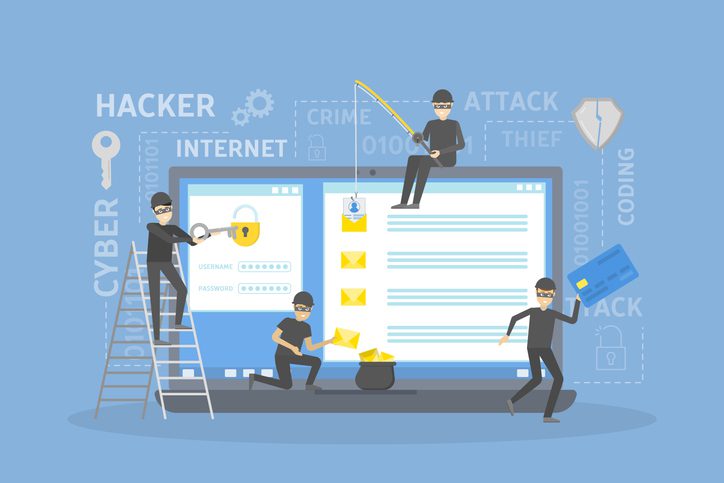Preparing Your Nonprofit’s Cybersecurity To Protect You From Cybercrime
Is Your Nonprofit’s Cybersecurity Prepared To Protect You From Cybercrime? Cybersecurity should be a primary concern for any organization – but...
3 min read
Lance Stone : Oct 30, 2020 5:44:43 AM
Over the past 14 years, the average total cost per data breach has increased from $3.54 million in 2006 to $8.19 million in 2019. Security should be an important component of your business. Hackers and cybercriminals are doing more than locking data in your company’s systems. They now steal information from your company, make copies of it and sell it.
Imagine that all of your company data is gone or posted on the internet overnight. Your files could be erased, copied, or destroyed. Your data could be stolen for ransom. These scenarios are real. They can result in ruined reputations, reduced productivity from downtime, and lost revenue.
Your business can be responsible for protecting a variety of information. For example, you are protecting your Personal Identifiable Information (PII). PII is information like credit card numbers, bank information, or health and personal information. You are also responsible for protecting the PII of your clients, including their banking information and data like email addresses. Lastly, your business has to protect accounting and human resource information, files, databases, and client lists with proprietary information.
Cybercrime is a complex, well-organized criminal endeavor with multiple participants. It is a growing industry where millions of dollars are made every day. Cybercrime can even be state-sponsored, usually by countries that oppose American views. Companies often do not publicly announce when they are the victims of cybercrime because they fear fallout. Most cybercrime occurs offshore, making it difficult, if not impossible, to stop.
Cybercrime happens frequently. The FBI’s Internet Crime Complaint Center began receiving 3,000 to 4,000 daily cybersecurity complaints shortly after the beginning of the global pandemic in 2020. There are different types of cybercrime, including ransomware, spear phishing, inside theft, wire fraud, physical theft, and denial of service. These different types of cybercrime all have different levels of likelihood of occurring and can have varying levels of impact on your business.
Cybercrime is everywhere. Industry estimates predict that cybercrime could cost $6 trillion by 2021. Cybercrime is more profitable than the global trade of all major illegal drugs combined. Because of these shocking statistics, companies doubled the amount of money spent on security in 2019. Over 3.5 million people are predicted to work in cybercrime by 2021. Ransomware attacks are growing more than 350% annually.
NIST Approach With Layers of Security
We offer one free NIST risk assessment for every client to let each client know where they are protecting their information.
Ready to review your current security plan or need help developing one, contact On Time Tech at 415-294-5250 or 877-270-1391 for more information. We can guide you in purchasing a core security plan and have the knowledge to help you protect your work and reputation and prevent loss of revenue.


Is Your Nonprofit’s Cybersecurity Prepared To Protect You From Cybercrime? Cybersecurity should be a primary concern for any organization – but...

It’s the Right Time for San Francisco-Base to Strengthen Their Cybersecurity Policies Do you have a dependable anti-virus? That’s great especially if...

1 min read
When people go to their doctors, they assume their information is protected. They freely and willingly provide personal information, like social...

On Time Tech is an IT Support and Computer Services company serving California. We provide services to the areas in and around We know businesses like yours need technology support in order to run highly-effective organizations. Leverage pro-growth technology services for your company now.
© 2025 On Time Tech